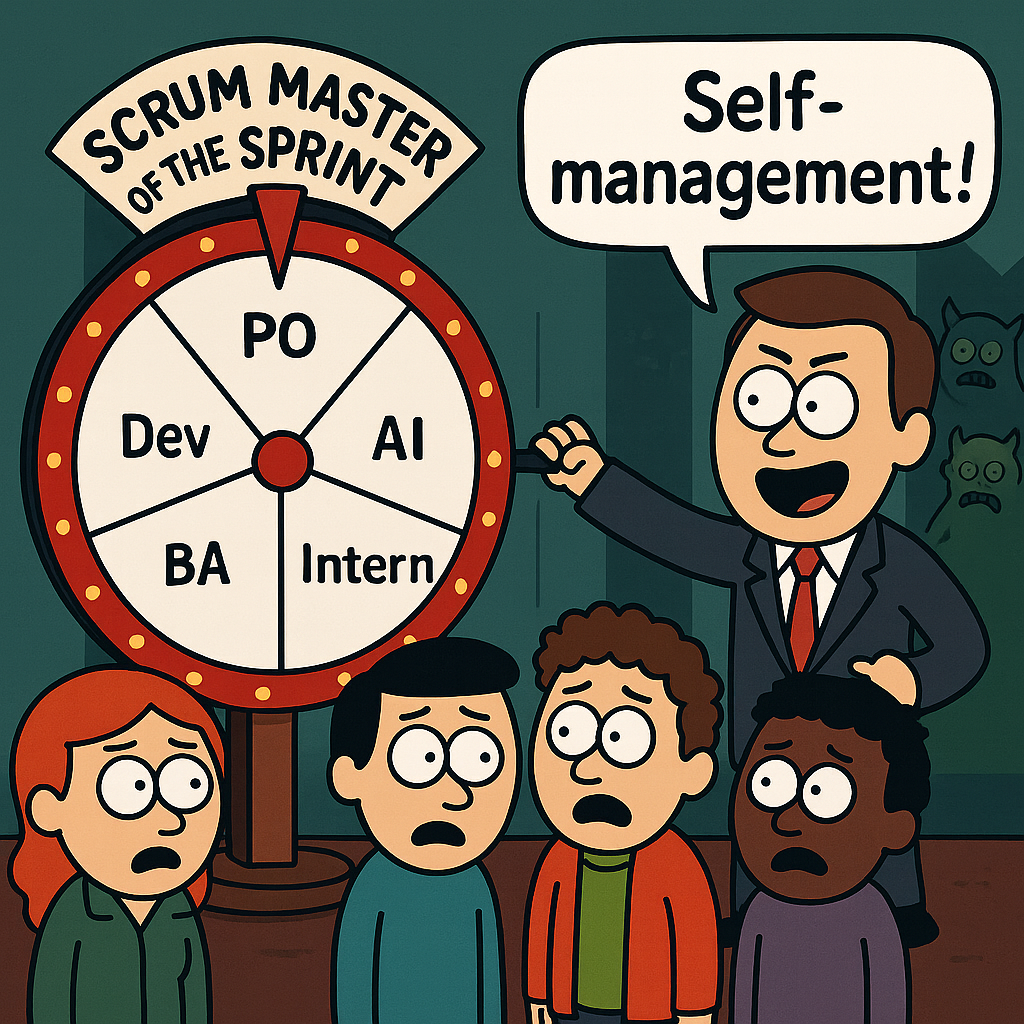
You Don’t Need a Full-Time Scrum Master... Until You Do

Many companies try to save money by watering down the Scrum Master.
👉 Cutting the Scrum Master is the most expensive "savings" you might ever make.
What did you think about this post?
Share with your network
Comments (2)
I am a Scrum Master/Team Coach for 2 teams and not only that the team sizes were 18 and 26 people. It is impossible to give the teams the attention required especially around all the things that make Scrum work. I have still done everything in my power to make a difference so as a result I work 10 -12 hours a day to focus on the things that matter. Like looking at metrics to identify coaching opportunities over and above what you can only do in facilitating ceremonies. You cannot do one-on-one connections with team members so you are disconnected and lose individual coaching time. Running 2 day PI planning days is impossible for you to be present with both the teams. So you cannot identify Risks, Dependencies or check if the team is over Over/Under committing and their confidence levels. This is disruptive for e.g. I switched focus to one team as they were doing a confidence vote that was low and by my questioning I almost made them re-think their whole planning efforts at the end of day 1, leaving the team to believe they had done everything wrong when in fact I just needed to get understanding on what discussion I had missed.
Mediation of my 2+ years with these teams resulted in the bigger team being given to 1 SM and I that team was replaced by a smaller team. Has this resolved the amount of SM responsibility - not much at all, because the responsibility to a team and the work required to drive high-performing teams does not diminish. Not to mention the lack of time in a day to keep up with the ceremonies. I however have to say that the effort I put into visualizing everything on Mural boards from PI Planning to Dependency Boards and Retros and ADO Dashboard help me not only me but my team be independent when I am not 100% with them.... but that often comes with the cost of Tools over People and Interactions
Thank you for being so open about your experience. What you describe is incredibly real for many Scrum Masters who are trying to serve too many teams that are far larger than Scrum ever intended. It becomes an almost impossible balance between facilitation, coaching, and simply keeping up with Scrum events and other meetings like PI planning.
You are clearly doing everything you can to make it work. Long hours, visualizing dependencies, building transparency, and keeping teams connected even when you cannot be everywhere at once all show your dedication and care for your teams.
But as you stated, it comes at a cost. When a Scrum Master is spread across oversized teams, the time and space needed for coaching, observation, and individual connection disappear. What you are feeling is not a reflection of your ability. It is a reflection of a system that is overextended.
Your story highlights exactly why the Scrum Master accountability needs focus and capacity to be effective. Tools can help, but they cannot replace presence. The good news is that you have already created awareness about what is missing. I hope your organization recognizes that and starts designing the system around sustainability instead of survival.

